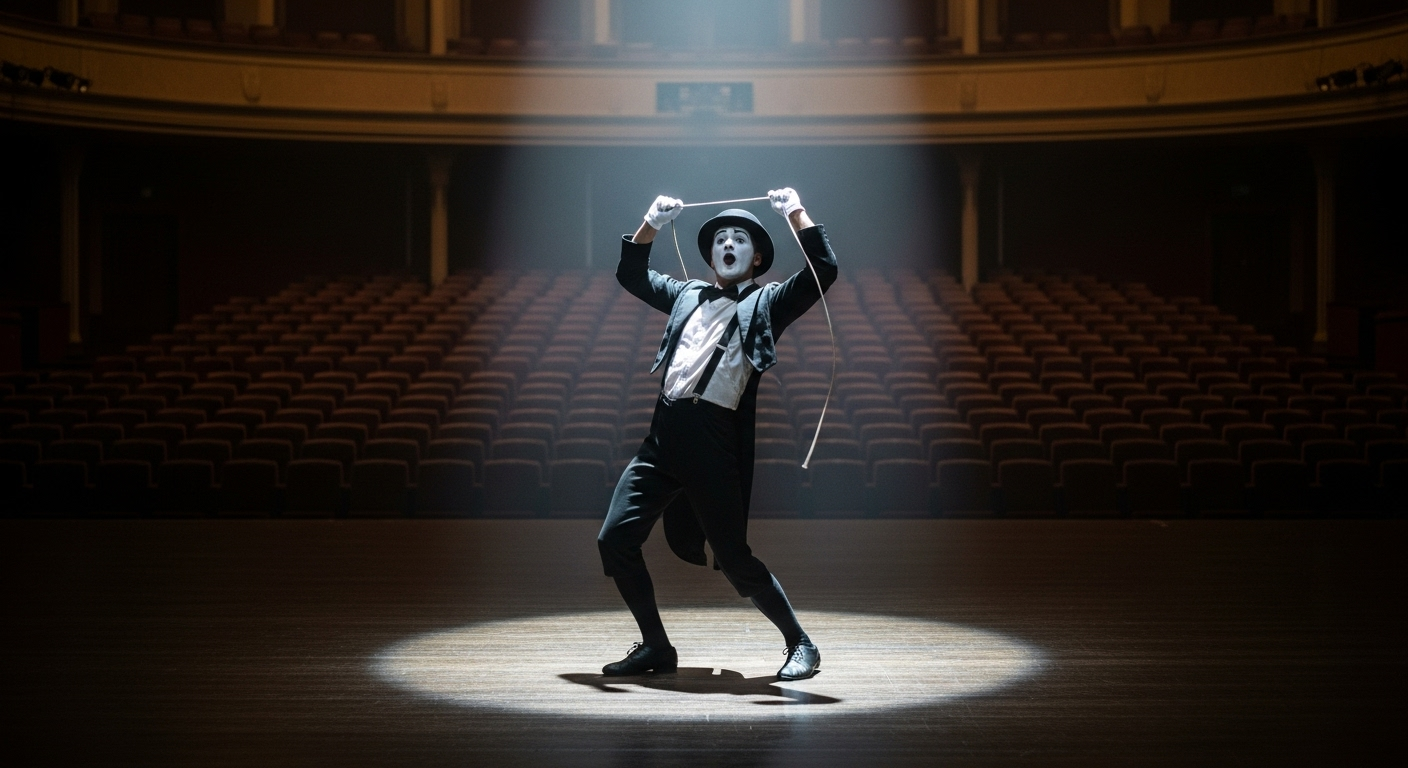Pantomime: The Silent Powerhouse of the Theatre World
Uncover the world of Pantomime, a theatrical marvel that thrives in silence and expression. Discover its historical roots, the recent trends and its impact on the world of theatre. Pantomime, often shortened to 'Panto', is a type of theatrical performance traditionally popular in the United Kingdom during the Christmas and New Year season. Its roots trace back to the 16th century, inspired by the Italian 'Commedia dell'arte', a form of theatre characterized by masked 'types' which began in Italy in the 16th century.

Pantomime has evolved over centuries, integrating elements from British music hall traditions and modern pop culture. Today, it stands as a unique blend of slapstick comedy, dance, music, contemporary references, and audience participation.
The Pantomime of Today
Pantomime has adapted and thrived in the 21st century. Despite being a historical art form, it has managed to stay relevant by incorporating popular culture elements, current events and by constantly evolving its style of humor and performance.
In the wake of the pandemic, many theatres have turned to virtual performances, and Pantomime has not been left behind. The digital platform has provided an opportunity for Pantomime to reach a wider, global audience who may not have been familiar with this particularly British tradition.
The Impact and Significance of Pantomime
Pantomime holds a significant place in the world of theatre. Its reliance on physical comedy and non-verbal storytelling makes it accessible to all ages and languages. The tradition of audience participation helps build a connection between the performers and the audience, creating a unique and interactive theatrical experience.
Moreover, Pantomime has been a stepping stone for many famous faces of British entertainment. It has been a platform for performers to hone their skills in comedy, improvisation, and audience interaction.
The Reception and Future of Pantomime
Pantomime has been met with a varied reception. While it is a cherished tradition for many, it has its share of critics. Some argue that the form is outdated and reinforces negative stereotypes. However, modern adaptations have made efforts to address these issues, introducing more diverse characters and narratives.
The future of Pantomime seems promising. With digital platforms opening up new possibilities for reach and creativity, Pantomime could evolve into a more global form of entertainment. It is an art form that has survived centuries of change and has the potential to continue to entertain and engage audiences in the future.
Conclusion
Pantomime is a silent powerhouse in the world of theatre. It is an art form that thrives on expression and interaction. Its historical roots, modern adaptations, and impacts make it a fascinating topic within the arts and entertainment industry. As it continues to evolve and adapt, Pantomime assures its place in the future of global theatre.





